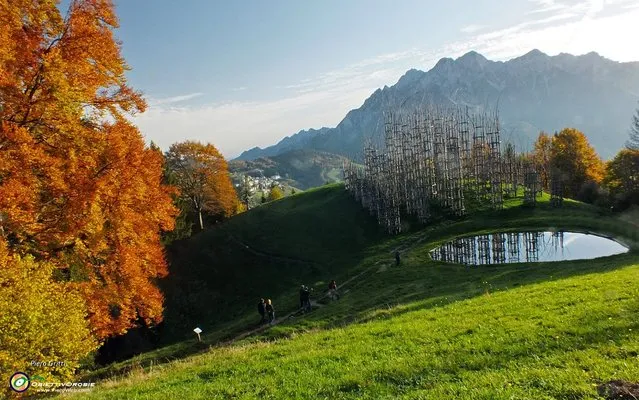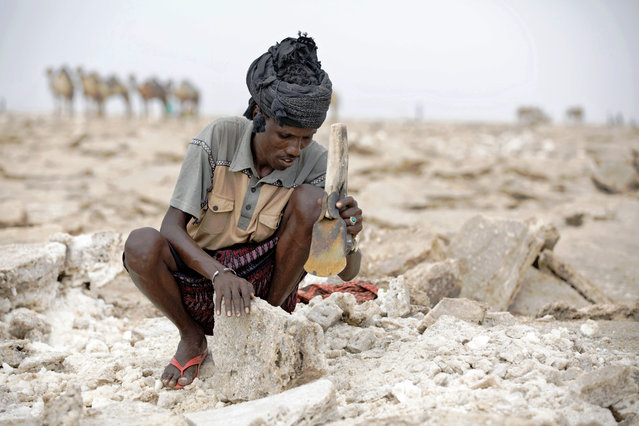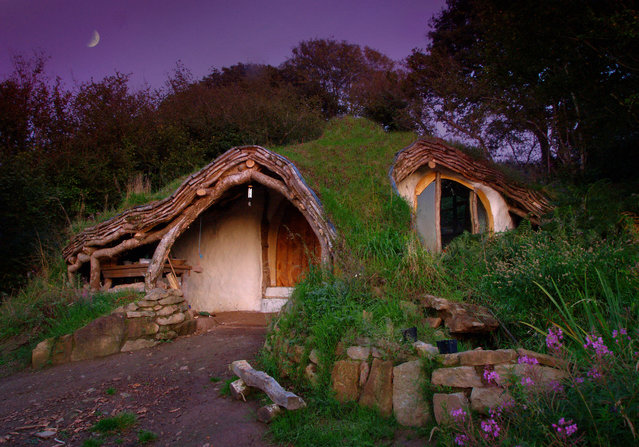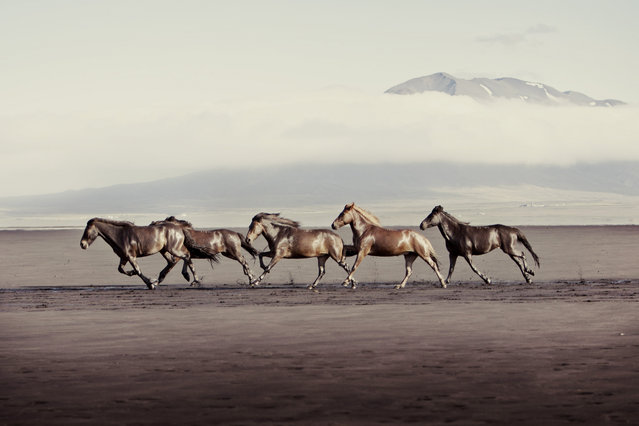
Italian artist Guiliano Mauri is the father of this spectacular Cattedrale Vegetale (Tree Cathedral), a unique building created out of rows of real living trees. Located at the foot of Mount Arera on the outskirts of Bergamo in Northern Italy, the cathedral is an ever-changing building that will be fully formed over the course of decades – when the trees outgrow their supporting columns and become a piece of natural architecture.
02 Mar 2015 15:31:00,post received
0 comments







